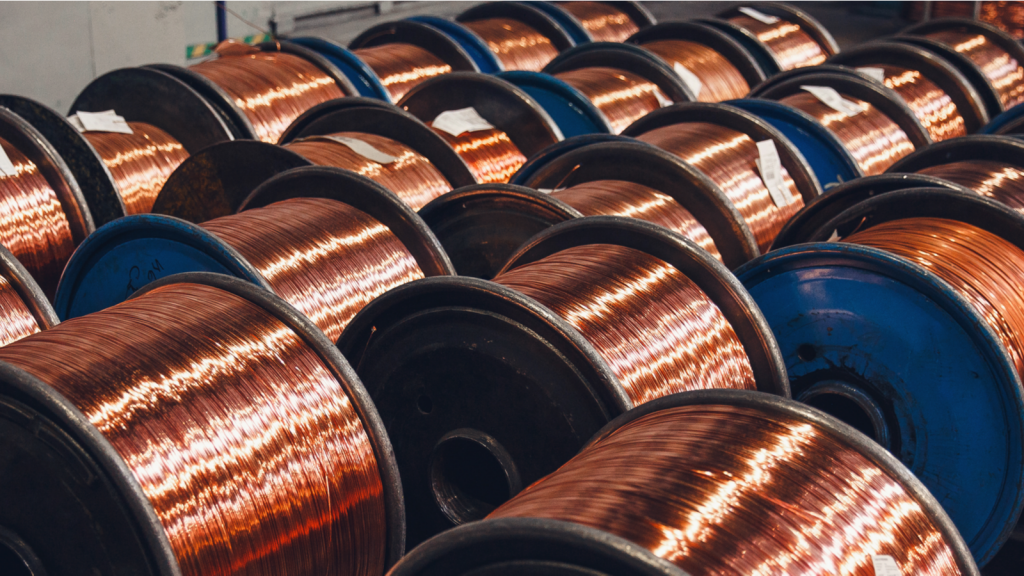
This has been a messy week if you ask me. Yields rose, Bitcoin (BTC-USD) fell, stocks largely, and volatility is, well, volatile.
There have also been some unexpected – and big – moves in “risk-on” commodities like copper and lumber.
Why Rising Copper Prices Matter
Copper is widely regarded as a risk-on asset due to its extensive use in various sectors that are sensitive to cyclical fluctuations, including construction, manufacturing, and electronics. The metal’s widespread use across these industries means it is a sensitive indicator of how the world’s doing.
When copper prices climb, it’s like a green light on Wall Street. Investors take it as a sign that factories might crank up their output and that the global economy could be gearing up for a growth spurt.
This is why traders keep such a close eye on copper prices – they’re a barometer for the market’s health. This connection between copper prices and economic trends is so strong, in fact, that the metal has been nicknamed “Dr. Copper.”
This is why this is so interesting. Copper moving like this is a very risk-on move, and it’s being confirmed this week with lumber itself.
Heating Lumber Prices Confirm Hot Copper Spurt
Lumber is a risk-on asset, much like copper, due to its significant role in the housing construction market, a sector that is highly sensitive to the state of the economy. It’s a cornerstone of the housing construction market, an industry that feels the heartbeat of the economy like no other.
When the economy is bustling and people are feeling good about their financial future, you’ll see hammers flying and saws buzzing because new homes are going up. That’s when lumber steps into the spotlight. The demand for this key building material spikes, and so does its price, setting off a ripple effect of optimism among developers who see a hungry market for new homes and a solid vote of confidence in the economy’s direction.
The movement this week complicates things.
Multiple signals prior to this warned of risk-off conditions, but this type of behavior looks like quite the opposite signaling. Now, in fairness, this could be noise and not indicative of anything. But it is curious to me that this is happening seemingly out of nowhere on no clear catalyst.
I still very much expect Japan to cause global volatility as it normalizes monetary policy. The question now is when markets would respond negatively to that.
If copper and lumber keep rising, for a moment in time stocks could perhaps hold or drift higher, negating anything that might happen initially with the yen. This is a distinct possibility, meaning that we could have a delay in Japan’s action on markets here in the U.S. Regardless, it’s worth paying attention closely to risk-on commodities here. It makes the path likelihood trickier.
On the date of publication, Michael Gayed did not hold (either directly or indirectly) any positions in the securities mentioned in this article. The opinions expressed in this article are those of the writer, subject to the InvestorPlace.com Publishing Guidelines.




